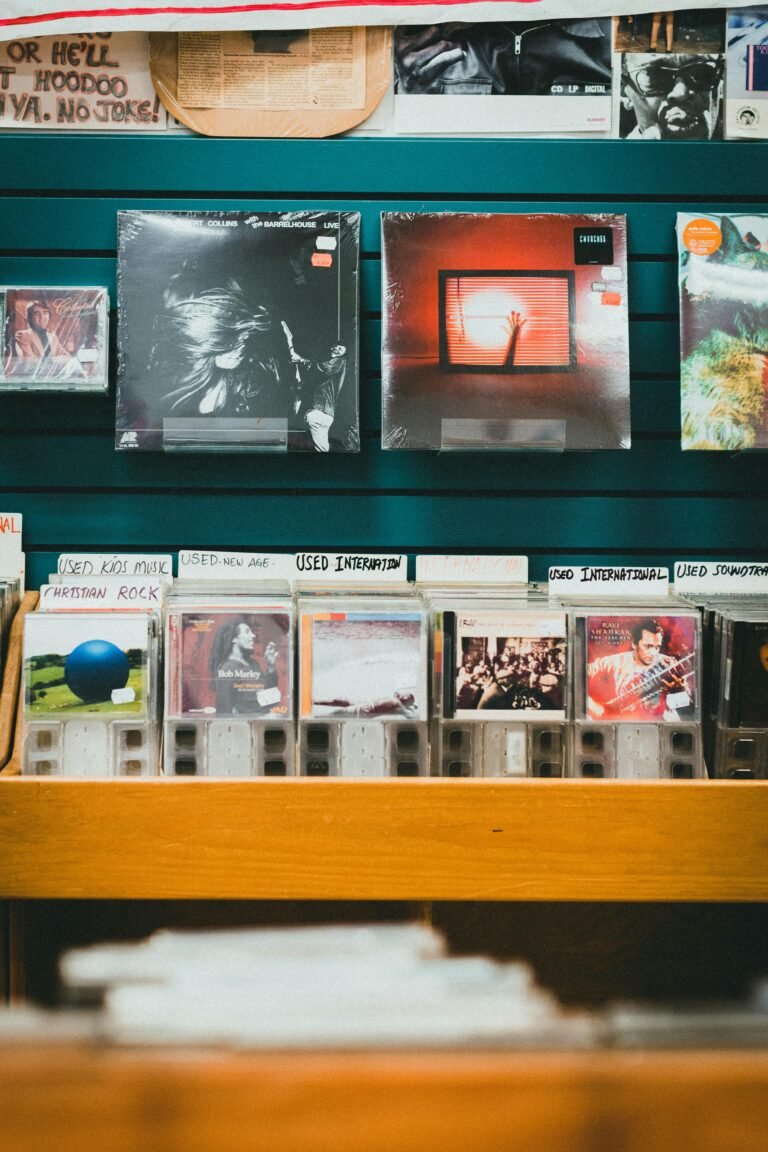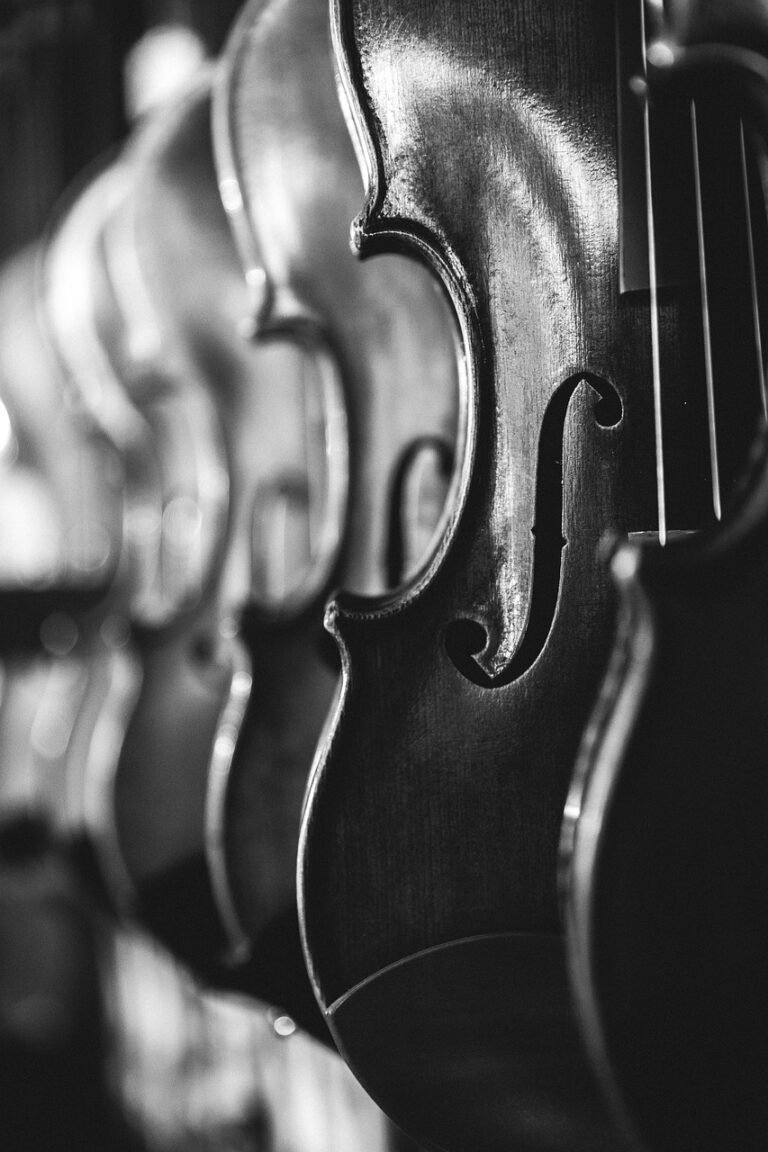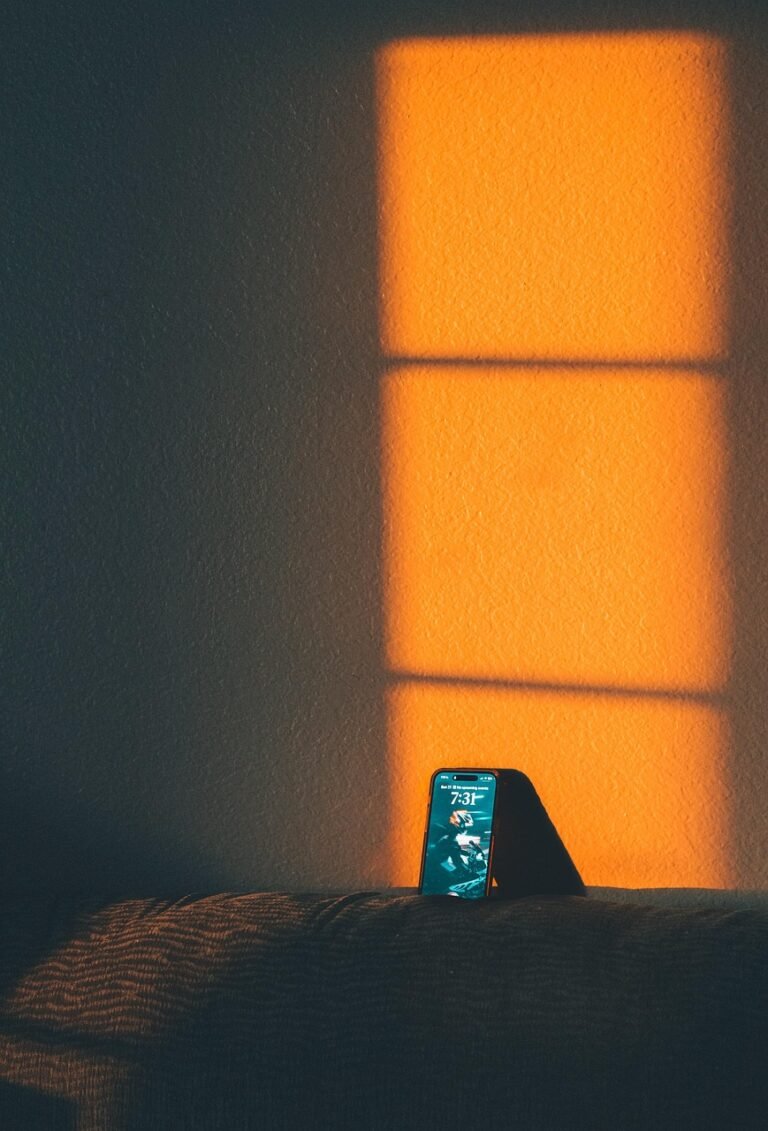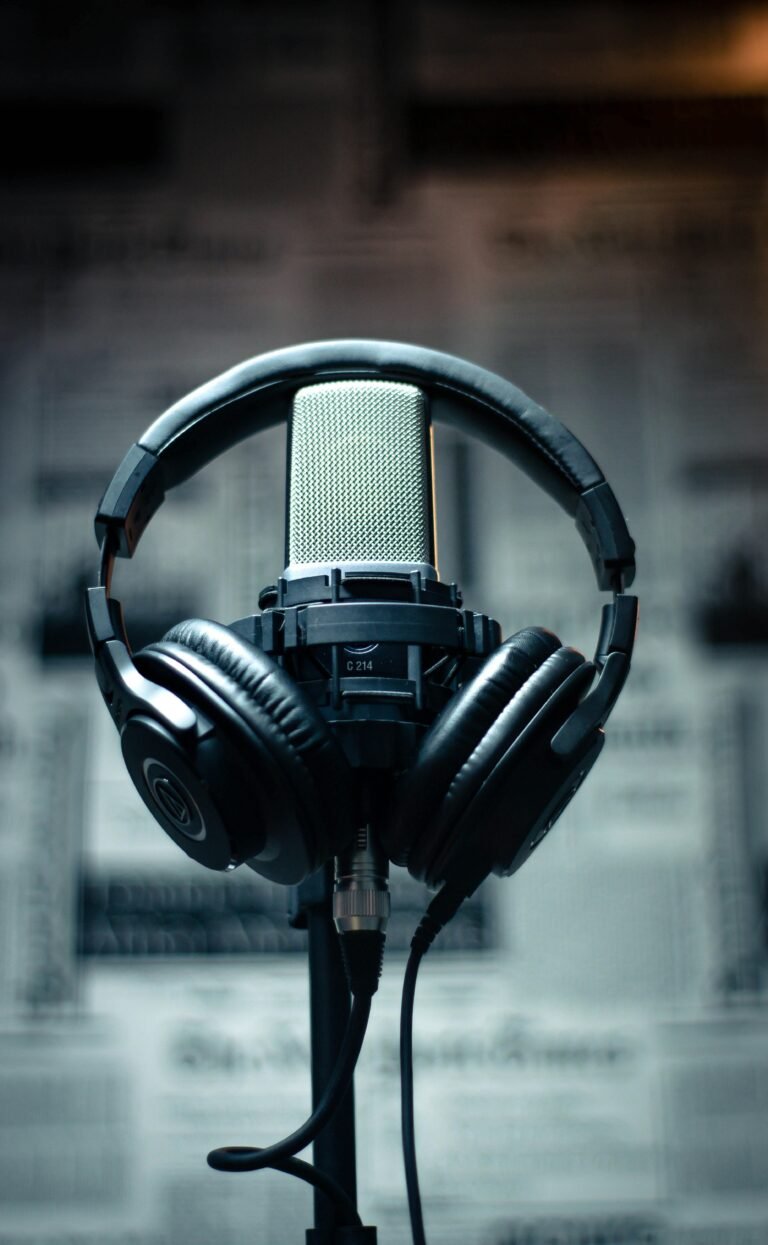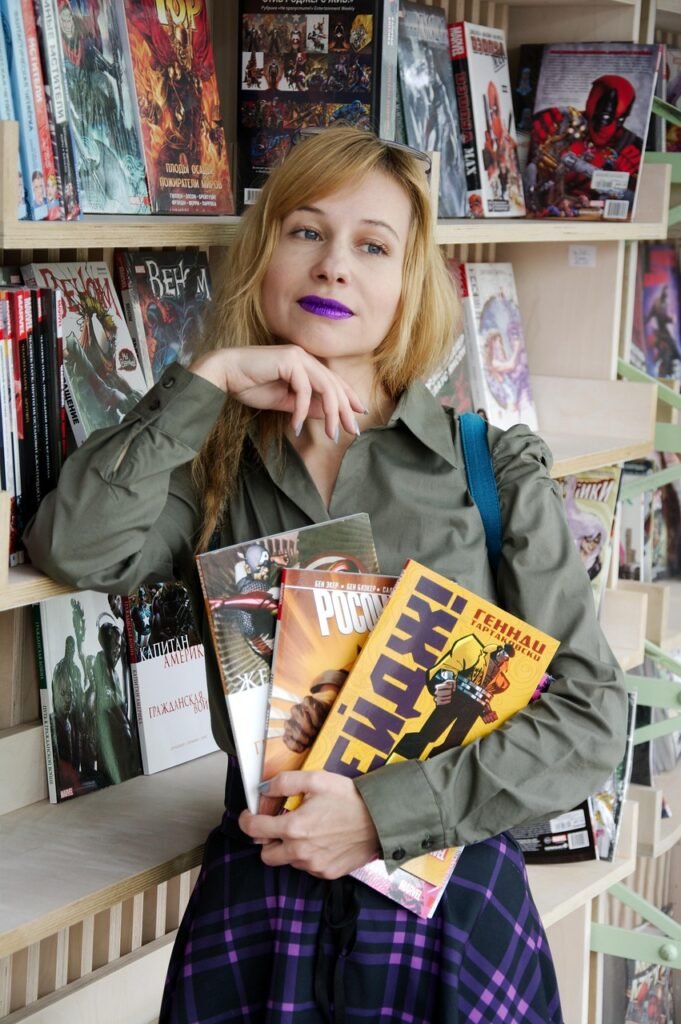
Art of Manga: A Groundbreaking Exhibition Transforms the de Young Museum
The de Young Museum in San Francisco has opened a landmark exhibition that marks a historic milestone for Japanese culture in American museums. Art of Manga, which premiered on September 27, 2025, and runs through January 25, 2026, represents the first large-scale manga exhibition ever presented in the Americas. This groundbreaking show transforms the museum’s galleries into an immersive comic book universe, featuring over 600 original drawings that showcase manga’s evolution from niche Japanese art form to global cultural phenomenon.
A Museum Transformed into a Living Comic Book
The exhibition immediately distinguishes itself through its innovative presentation approach. Unlike traditional museum displays, visitors are instructed to navigate the galleries from right to left, mirroring the traditional Japanese reading pattern for manga. The gallery walls have been transformed with stark black-and-white panels, sketches, murals, and digital art that create an environment where “it just felt like you were immersed and actually walking through a manga,” as one visitor described.
The museum has embraced manga culture wholeheartedly, beginning with the entrance where dozens of Japanese vending machines set “more Pop Mart than museum” mood. Beshi, a slightly mischievous frog character created by legendary manga artist Akatsuka Fujio and known from the popular Catch BESHI!! Nintendo Switch game, serves as the exhibition’s official mascot, guiding visitors through their journey and embodying the playful spirit of manga culture.
Showcasing Legendary Artists and Rare Original Works
The exhibition features genga (original drawings) from eleven influential manga artists, many of which have never been displayed outside Japan. These artists represent different eras and genres of manga, creating a comprehensive survey of the medium’s artistic evolution.
Hirohiko Araki, creator of the long-running JoJo’s Bizarre Adventure series, receives particular attention for his distinctive visual style that draws inspiration from fashion magazines and Renaissance statues. His work exemplifies manga’s cinematic quality, creating what curator Nicole Coolidge Rousmaniere describes as “almost like a cinematographic experience, but it’s 2D”.
Eiichiro Oda, the mastermind behind ONE PIECE, is featured prominently with both original drawings and a special installation. The ONE PIECE series, which has been running for 28 years and spans over 1,151 episodes collected in 111 volumes, demonstrates manga’s incredible longevity and global reach.
Mari Yamazaki brings a unique international perspective, having spent much of her life living in Syria, Egypt, and Italy before creating manga that blends Western and Eastern artistic traditions. Her work Thermae Romae, featuring a Roman architect time-traveling to a Japanese bathhouse, exemplifies manga’s ability to transcend cultural boundaries.
Rumiko Takahashi, author of Inuyasha and MAO, represents one of the most successful female artists in the male-dominated manga industry. Her gallery allows visitors to experience the manga creation process by comparing actual drafts with completed original drawings.
Other featured artists include Gengoroh Tagame, Jiro Taniguchi, Kazumi Yamashita, Fumi Yoshinaga, and masters Tetsuya Chiba and Fujio Akatsuka, representing manga’s early generations.
Educational Components and Cultural Context
The exhibition serves as both art showcase and educational experience, designed to make visitors “fluent in manga” by its conclusion. Curator Nicole Coolidge Rousmaniere, Research Director of the Sainsbury Institute for the Study of Japanese Arts and Cultures, emphasizes that “there is a manga for everybody,” highlighting the medium’s diverse genres spanning fantasy, crime, sports, history, sexuality, friendship, food, science fiction, martial arts, and humor.
A centerpiece educational component is “ONE PIECE ONLY: How Manga Is Made,” an installation making its U.S. debut that reveals the creative process behind manga production. Through “treasure boxes” and films, visitors follow the journey from Oda Eiichiro’s hand-drawn pages to millions of printed volumes, demonstrating the industrial scale of manga publishing.
The exhibition concludes with Shueisha’s innovative Shueisha Manga-Art Heritage (SMAH) initiative, which blurs boundaries between manga and fine art through limited-edition prints linked to blockchain technology as non-fungible tokens (NFTs). This forward-looking component suggests manga’s continued evolution in the digital age.
Celebrating Fandom and Cultural Impact
The de Young has embraced manga’s passionate fanbase through dedicated Cosplay Days on September 27, October 25, and December 6, where visitors are encouraged to attend dressed as their favorite manga characters. These events, offering $5 ticket discounts with the code DYCOSPLAY, represent the museum’s recognition that manga exists not just as art but as living culture with devoted communities.
The exhibition’s opening day perfectly captured this spirit, as fans like Jyke Telmo and Sam Bell arrived in full cosplay as characters from JoJo’s Bizarre Adventure, declaring “I really believe that manga is an art, and it’s always been an art”. This integration of fandom with fine art represents a significant shift in how American museums approach contemporary cultural forms.
Historical Significance and Global Perspective
As Thomas P. Campbell, Director and CEO of the Fine Arts Museums of San Francisco, notes, “San Francisco has long been a gateway for Japanese cultural exchange in the United States, and we are delighted to honor this legacy by showcasing the artistry and power of contemporary Japanese narrative art”. The exhibition positions manga within this broader context of cultural exchange while acknowledging its unique position as both entertainment and artistic expression.
Artist Mari Yamazaki offers a particularly insightful perspective on manga’s international reception: “In Japan, manga is just a subculture, while in the United States and Europe, it is viewed as art”. This observation highlights how the exhibition serves not just American audiences but also reflects back to Japan the global artistic recognition that manga has achieved.
The exhibition also addresses manga’s technological evolution, featuring work by Gengoroh Tagame, who composes digitally, alongside traditional hand-drawn works. This representation of both analog and digital techniques acknowledges manga’s adaptation to changing media landscapes while maintaining its essential artistic character.
Cultural Impact and Future Implications
Art of Manga represents more than just an art exhibition; it marks a cultural milestone in American museum practice. By treating manga with the same curatorial seriousness typically reserved for traditional fine arts, the de Young legitimizes a medium that has captivated billions worldwide. The exhibition’s success—drawing fans from across the Bay Area and generating significant media attention—demonstrates the appetite for exhibitions that bridge high and popular culture.
The show’s educational mission extends beyond appreciation to actual skill development, promising to teach visitors how to “read” manga by understanding its visual language and narrative conventions. As Rousmaniere suggests, manga represents “the future visual language,” already integrated into Japanese textbooks and affecting “different parts of your brain” than traditional text.
With manga sales reaching billions globally and series like ONE PIECE achieving unprecedented cultural influence—its flag even adopted by Gen Z protesters across Asia as a symbol of freedom the de Young’s exhibition captures a pivotal moment when manga’s artistic and cultural significance can no longer be ignored by major cultural institutions.
The exhibition runs through January 25, 2026, offering Bay Area residents and visitors an extended opportunity to experience this historic presentation. Tickets are $35 for adults, with discounts available for students and seniors, and advance booking is recommended, particularly for the popular Cosplay Days.
Art of Manga ultimately succeeds as both comprehensive artistic survey and cultural celebration, establishing manga’s place in American museum practice while honoring the passionate communities that have supported this art form’s global journey from Japanese subculture to international phenomenon.





